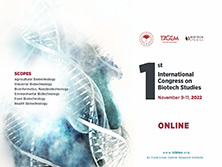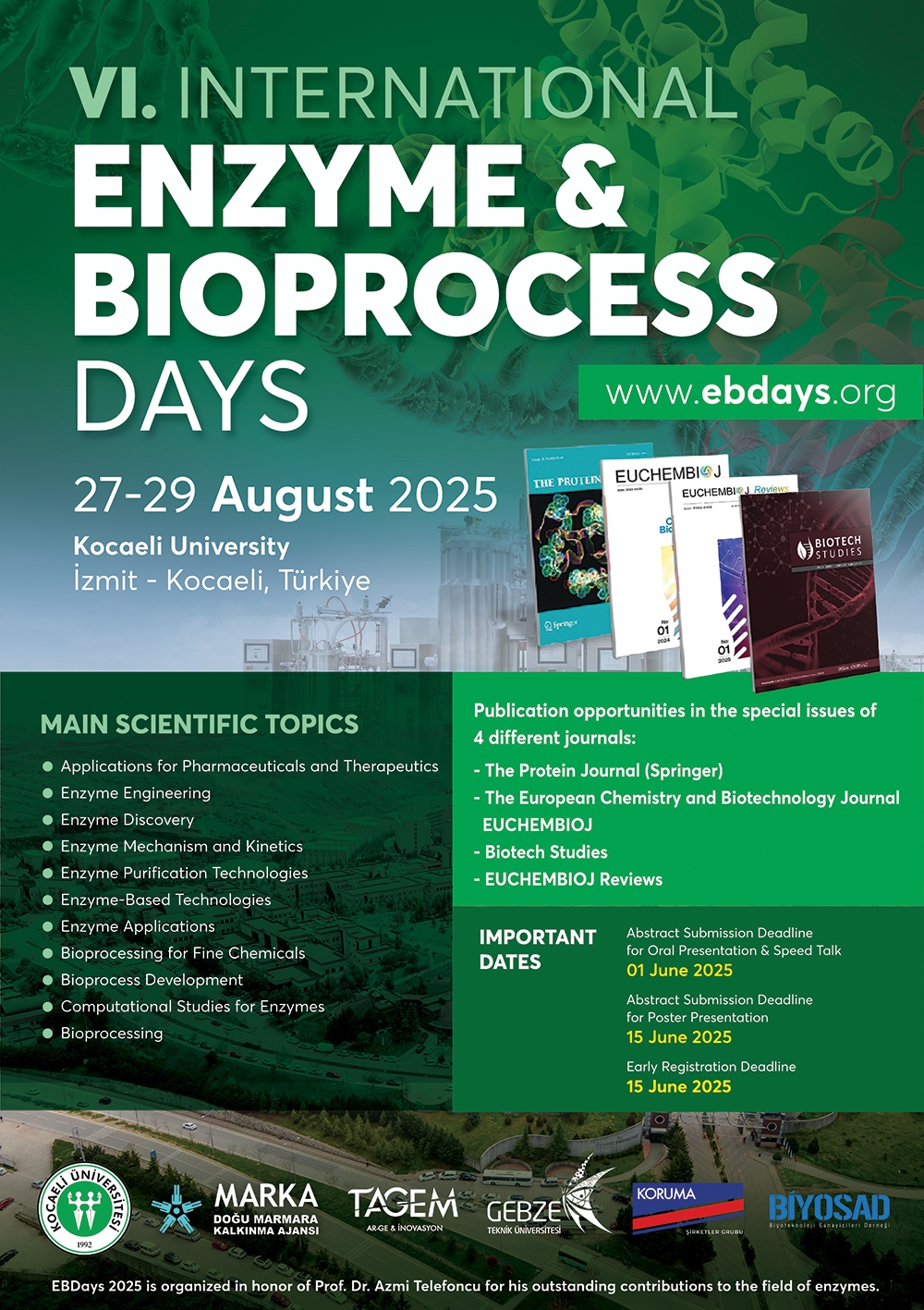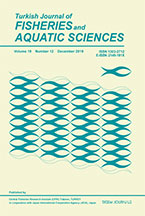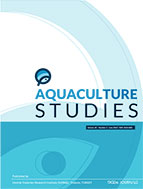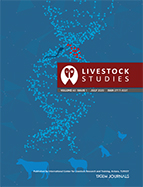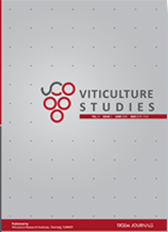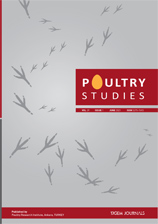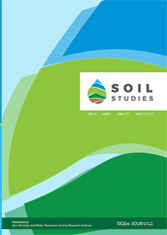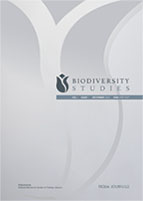Biotech Studies
2025, Vol 34, Num, 2 (Pages: 053-063)
Antioxidant defense strategies of some pear cultivars onto different rootstocks under NaCl stress
2 Department of Horticulture, Isparta University of Applied Science, Isparta, Türkiye
3 Department of Agricultural Biotechnology, Isparta University of Applied Science, Isparta, Türkiye DOI : 10.38042/biotechstudies.1714614 - Salt stress is one of the most significant abiotic factors limiting plant production worldwide. In this study, the tolerance of Ankara and Deveci pear varieties to NaCl stress was examined on commonly used rootstocks. According to our results, leaf surface area, leaf water potential, and hydrogen peroxide amount decreased under NaCl stress, while root/shoot ratio, proline content, and glutathione reductase activity in the leaves increased. The A×11 and A×29 combinations were identified as the most affected in terms of leaf surface area. The root/shoot ratio increased on OH×F rootstocks but decreased on Fox 11 and BA 29 rootstocks. GR activity was found to be higher on varieties grafted onto OH×F 97 rootstock, with the highest activity detected in the D×97 combination under severe stress. Total phenolic compounds and total flavonoid content were not affected by NaCl stress. Arbutin, chlorogenic acid, catechin, and rutin showed variable results under NaCl stress. In the more salt-tolerant Deveci variety, the amount of arbutin in leaves was higher compared to other phenolic compounds. Overall, the higher amount of arbutin, which is a key phenolic compound in pears, in the Deveci variety suggests that this compound may contribute to the tolerance mechanism. Keywords : Pyrus communis L NaCl stress Tolerance Enzymatic antioxidant Arbutin



